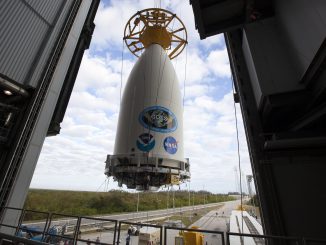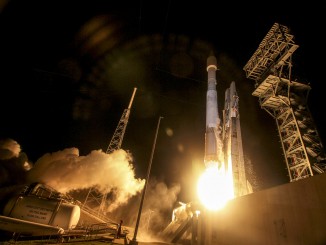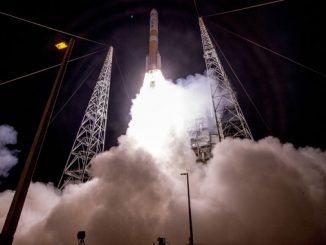This is the launch timeline to be followed by the Atlas 5 rocket’s ascent into orbit from Cape Canaveral with the EchoStar 19 satellite for HughesNet’s direct-to-home Internet connectivity. Launch is scheduled for Sunday at 1:27 p.m. EST (1827 GMT).
T+00:01.1 Liftoff
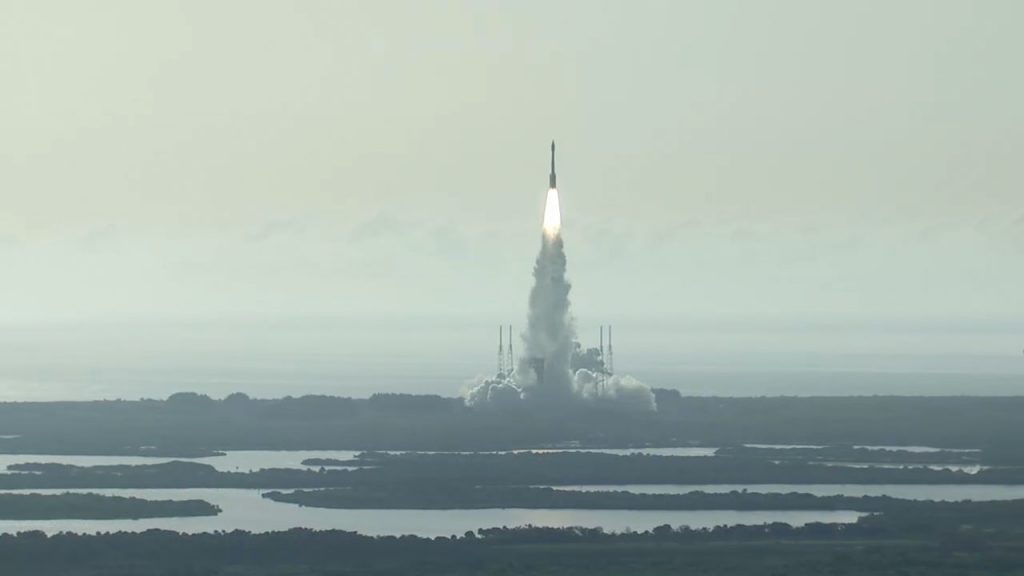
With the RD-180 main engine running, the three strap-on solid rocket boosters are lit as the Atlas 5 vehicle lifts off and begins a vertical rise away from Complex 41 at Cape Canaveral Air Force Station, Florida.
T+00:57.7: Max Q
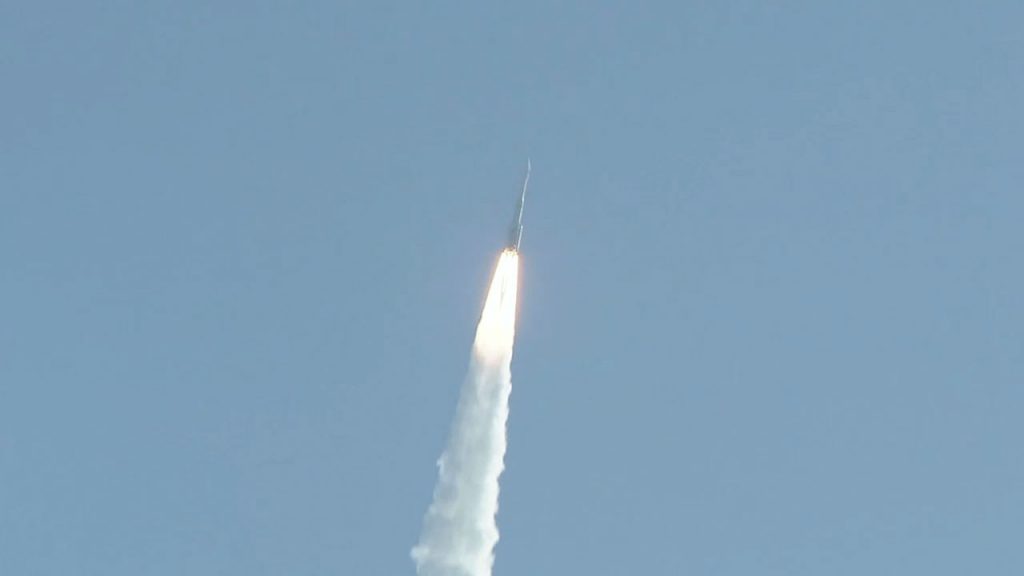
The Atlas rocket, after breaking the sound barrier at 45 seconds, passes through the region of maximum dynamic pressure during ascent through the lower atmosphere.
T+02:05.1 Jettison SRBs
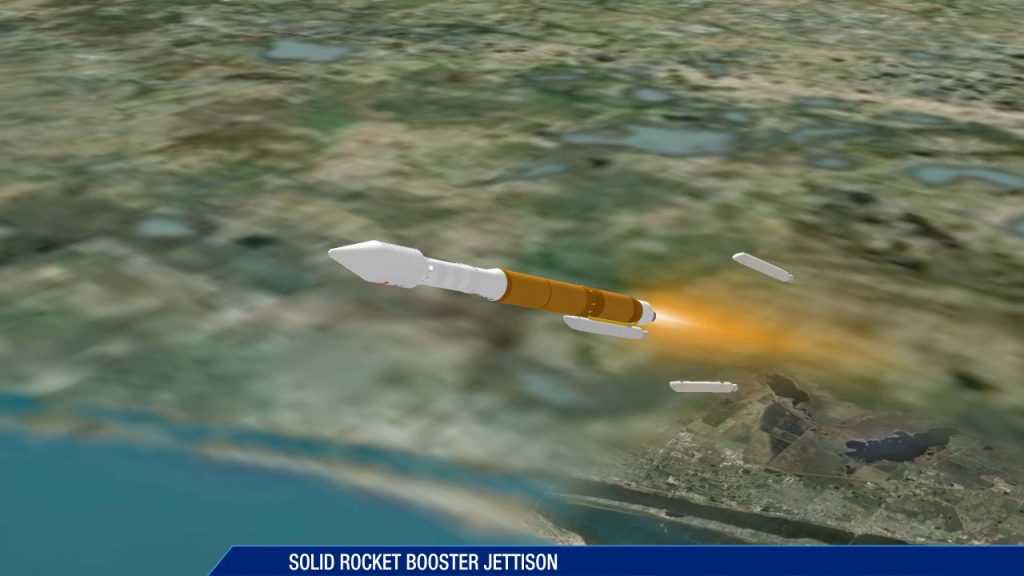
Having burned out of propellant approximately 30 seconds earlier, the spent solid rocket boosters are jettisoned to fall into the Atlantic Ocean. The separation event is staggered with two motors releasing first, then the other a moment later.
T+04:26.7 Main Engine Cutoff
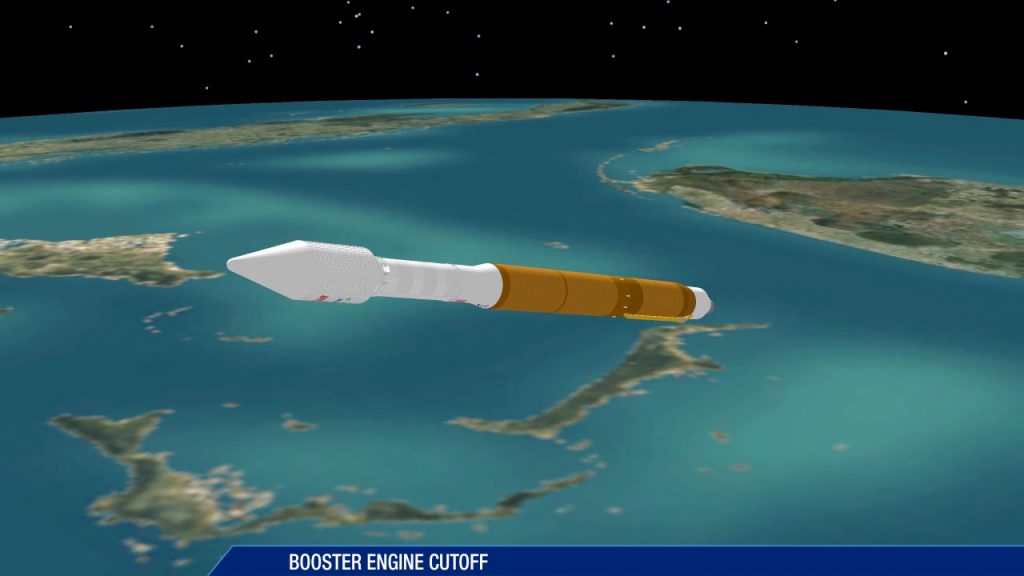
The RD-180 main engine completes its firing after consuming its kerosene and liquid oxygen fuel supply in the Atlas first stage.
T+04:32.7 Stage Separation

The Common Core Booster first stage of the Atlas 5 rocket separates from the Centaur upper stage. Over the next few seconds, the Centaur engine liquid hydrogen and liquid oxygen systems are readied for ignition.
T+04:42.7 Centaur Ignition 1
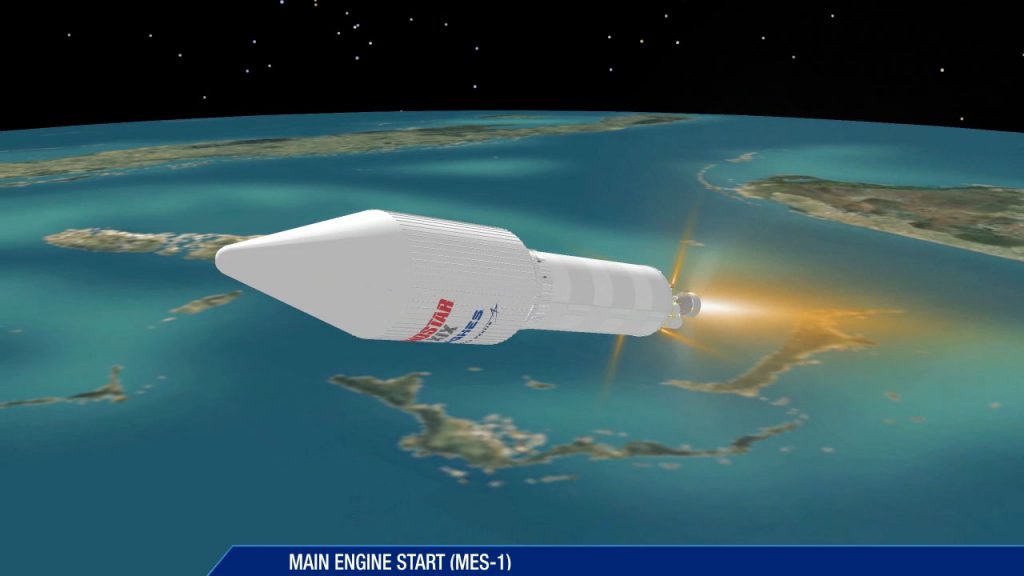
The Centaur RL10C-1 engine ignites for the first of two upper stage firings. This burn will inject the Centaur stage and EchoStar 19 spacecraft into an initial parking orbit.
T+04:50.7 Nose Cone Jettison
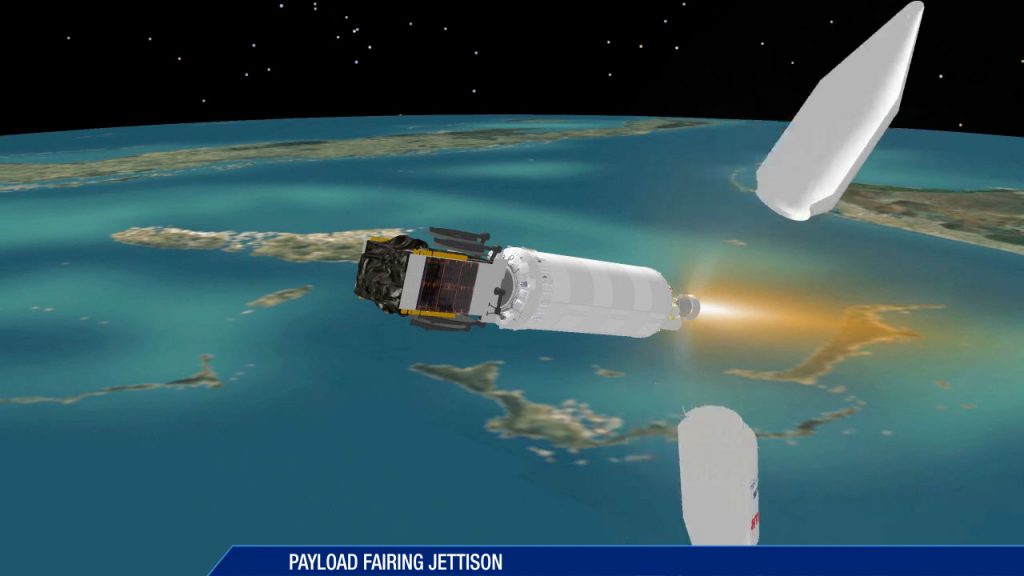
The payload fairing that protected the EchoStar 19 spacecraft during launch is separated after passage through the atmosphere.
T+13:38.6 Centaur Cutoff 1
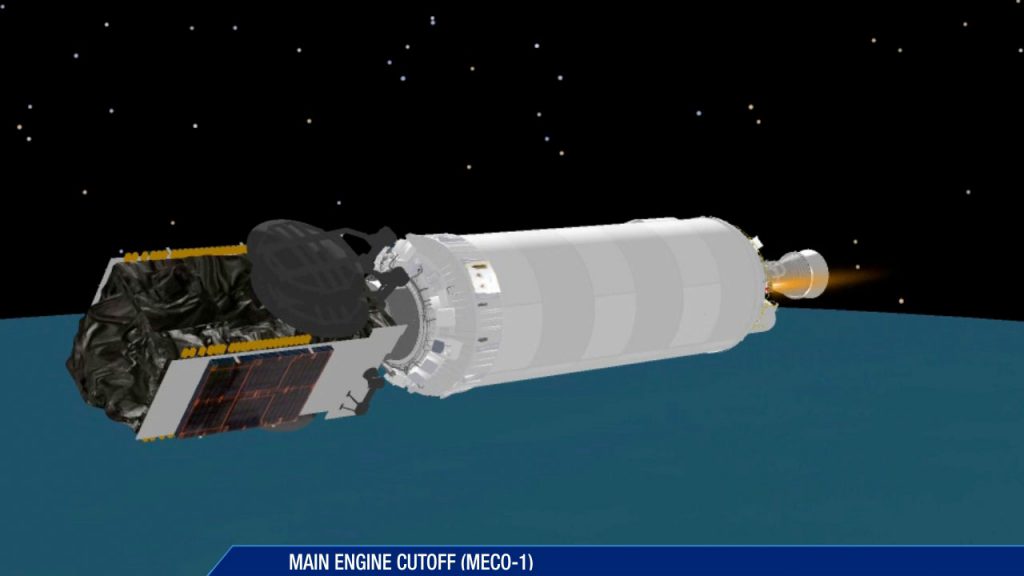
The Centaur engine shuts down after arriving in a planned low-Earth parking orbit. The vehicle enters a 10-minute coast period before arriving at the required location in space for the second burn.
T+23:09.2 Centaur Ignition 2
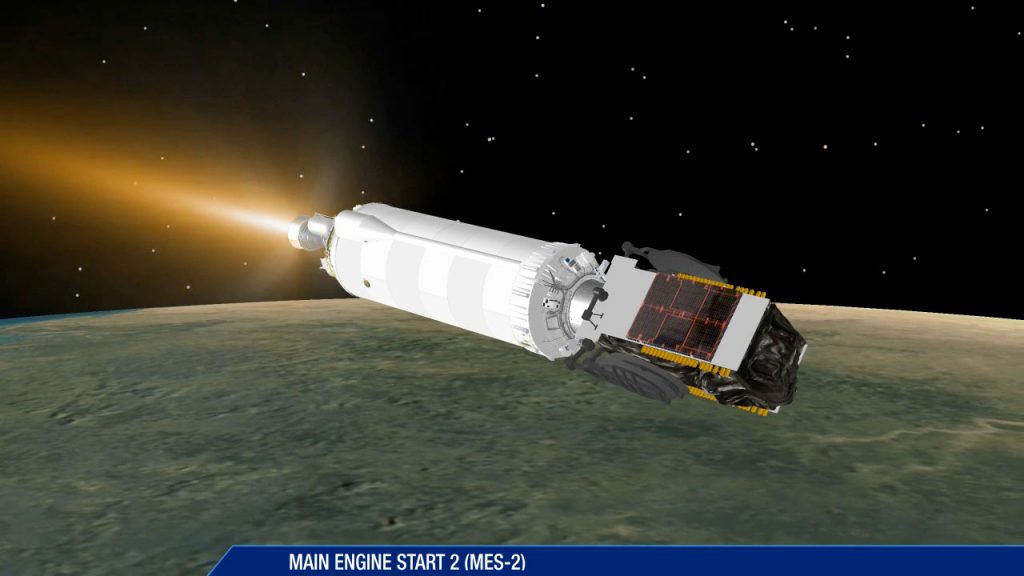
A final push by Centaur is ignited to raise the orbit’s low point and reduce orbital inclination for the EchoStar 19 spacecraft.
T+28:57.6 Centaur Cutoff 2
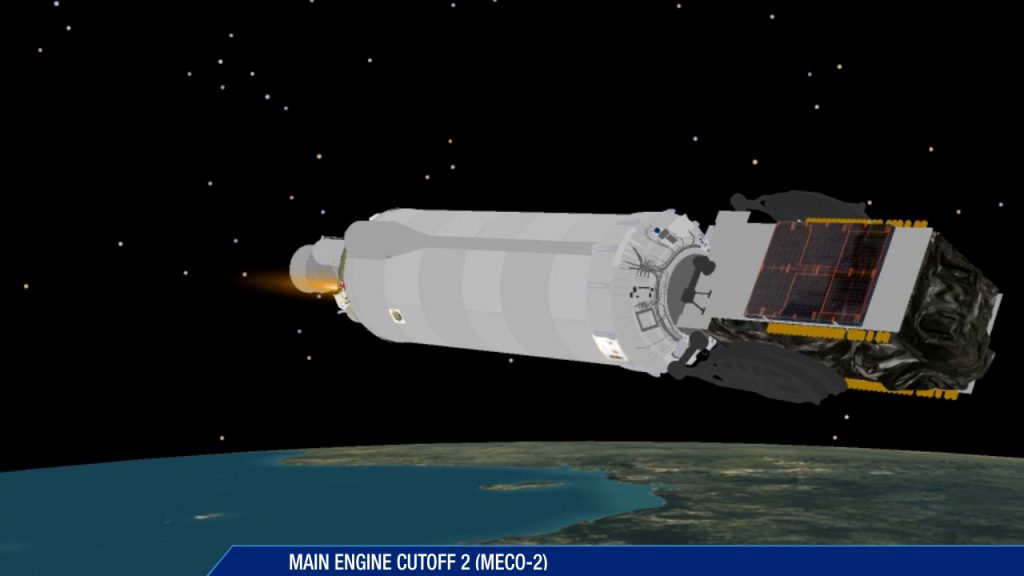
The powered phase of flight is concluded as the Centaur reaches the planned super-synchronous transfer orbit of 127 by 40,389 statute miles at an inclination of 25.44 degrees.
T+32:03.7 Spacecraft Separation
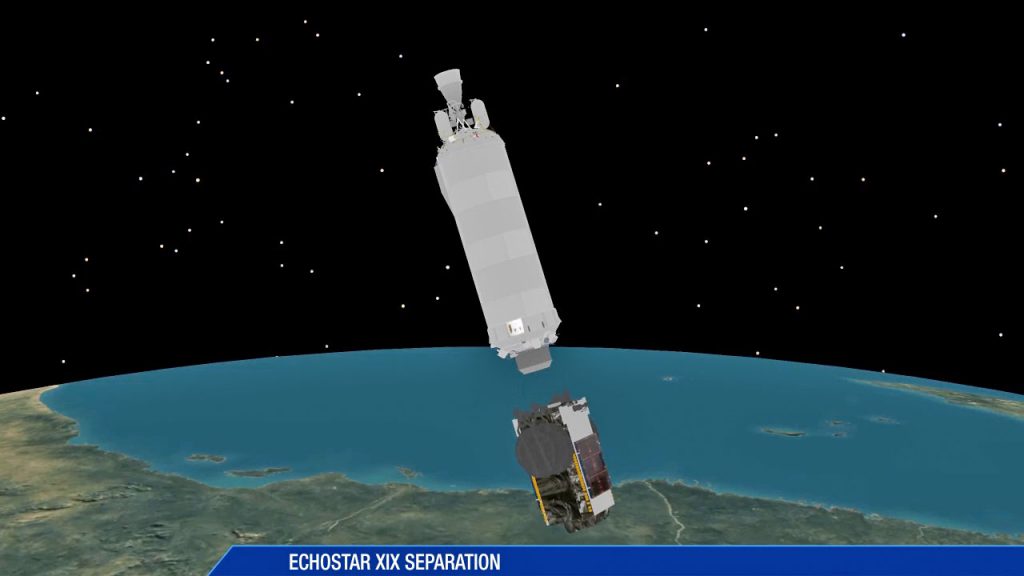
The EchoStar 19 satellite to provide high-speed Internet connectivity to rural America is released into orbit from the Centaur upper stage to complete the launch.
See earlier EchoStar 19 coverage.
Our Atlas archive.

